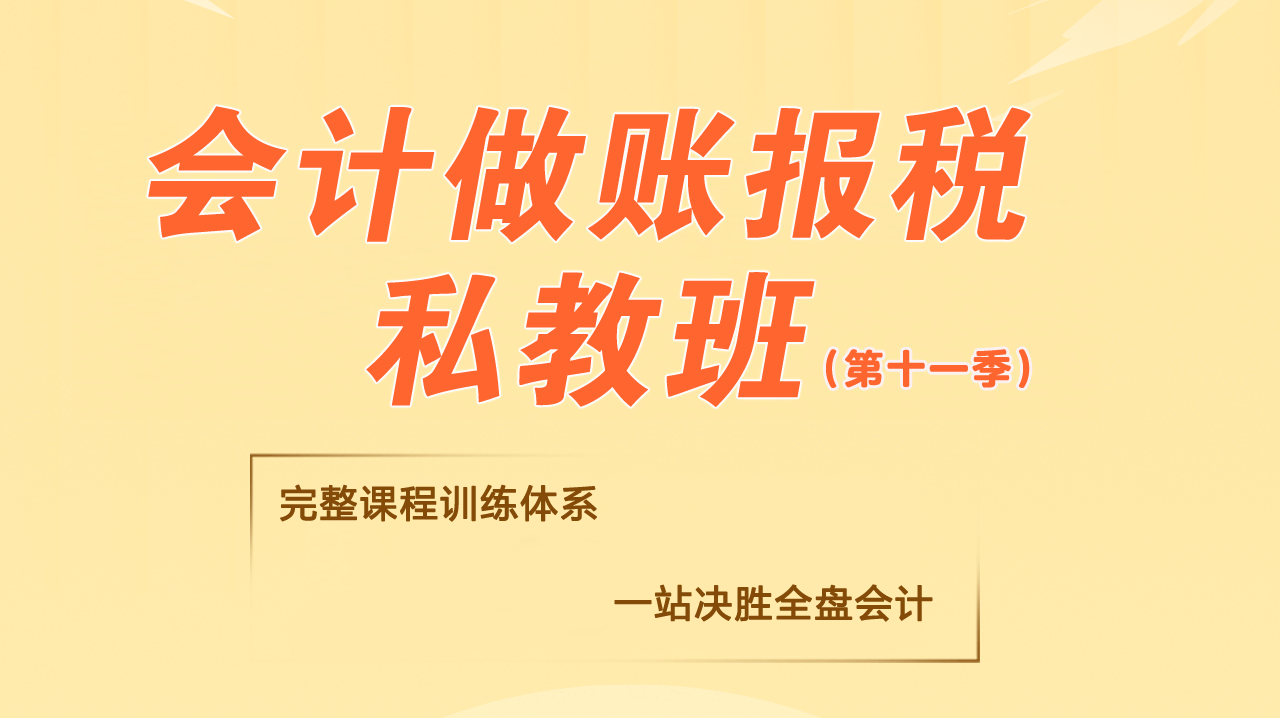中国奢侈品消费 男士也是主力(双语)
While women are getting the attention of luxury brands in China — check out the story by The Wall Street Journal's Laurie Burkitt — Chinese men shouldn't feel like they're getting ignored.
Bloomberg顾客在香港一家Gieves & Hawkes门店挑选货品。
在中国,女性消费者正日益得到奢侈品牌的关注——请参阅《华尔街日报》记者罗芮•伯尔其特(Laurie Burkitt)最近发表的文章——但中国的男士们也大可不必感觉自己遭到了忽视。
Consider this: Gucci and Bottega Veneta are testing men's-only store concepts in China, as reported by the WSJ's Christina Passariello late last month. The reason, according to François-Henri Pinault, head of the French apparel group PPR SA, which owns both brands: In China, "the decision of buying for women is still made by men."
来看看这个消息:《华尔街日报》记者克利斯蒂安•帕萨利罗(Christina Passariello)发表于5月底的一篇报导称,古绮(Gucci)和宝缇嘉(Bottega Veneta)正在研究在中国设立男士专卖店。拥有上述两个品牌的法国成衣集团巴黎春天百货(PPR SA)的老板弗朗索瓦-昂利•皮诺(Francois-Henri Pinault)道出了其中的原因:在中国,“为女士购物的决策权依然掌握在男士手中。”
That's not unusual for an emerging market. "Men are typically the first luxury spenders in emerging markets, as they buy watches and branded accessories as status symbols before they start spending on the women in their lives," writes Ms. Passariello in her article, noting that after Japan caught the luxury bug in the 1980s it took many years for a young generation of working women to surpass men in spending.
对新兴市场而言,这种现象不足为奇。帕萨利罗在文章中写道,“在新兴市场,男人通常是奢侈品牌的首批消费者,购买名表和品牌服饰配件作为地位的象征,然后才开始在女人身上花钱。”他举了日本作为例子:20世纪80年代日本开始奢侈品消费热潮,此后过了好多年,年轻一代的职场女性才在奢侈品消费上超过男性。
According to Coach, the leather-goods retailer, men buy 45% of all luxury handbags and accessories sold in mainland China, compared with 15% world-wide. The man bag is a revered status symbol there. Also, men buy most high-end watches, which rank second only to cosmetics and perfume among luxury purchases in China. (The average Chinese millionaire owns four watches, according to a study by the Hurun Report.)
皮革制品零售商蔻驰公司(Coach)称,在中国大陆,45%的奢侈品手袋和服饰配件是由男士购买的,而在全球范围这一比例仅为15%。在中国,男士提包是社会地位的象征。中国男士也喜欢买名表,在奢侈品消费中,仅次于化妆品和香水。(据《胡润百富》杂志(Hurun Report)的一项研究,中国的百万富翁人均拥有四块名表。)
And though Chinese women have caught up in big-ticket purchases overall — according to McKinsey, their spending made up more than 50% of China's estimated US$15 billion luxury market last year, up from 45% in 2008 — they still lag in some key categories, including luxury clothing. Last year Chinese men forked over 7 billion yuan (US$1.1 billion) for high-end apparel, according to consultants at Bain & Company, while women spent a comparatively piddling 2.8 billion yuan.
据麦肯锡公司(McKinsey)的统计,中国女性在奢侈品消费上已经赶上了男士,在2010年价值150亿美元的中国奢侈品市场中占比超过50%,比2008年的45%有所提高,但在一些关键门类上仍然落后,包括高档服装。贝恩公司(Bain & Company)的咨询师称,2010年中国男性消费者在高端成衣上花了70多亿人民币(11亿美元),而女性消费者相形见绌,只花了28亿人民币。



